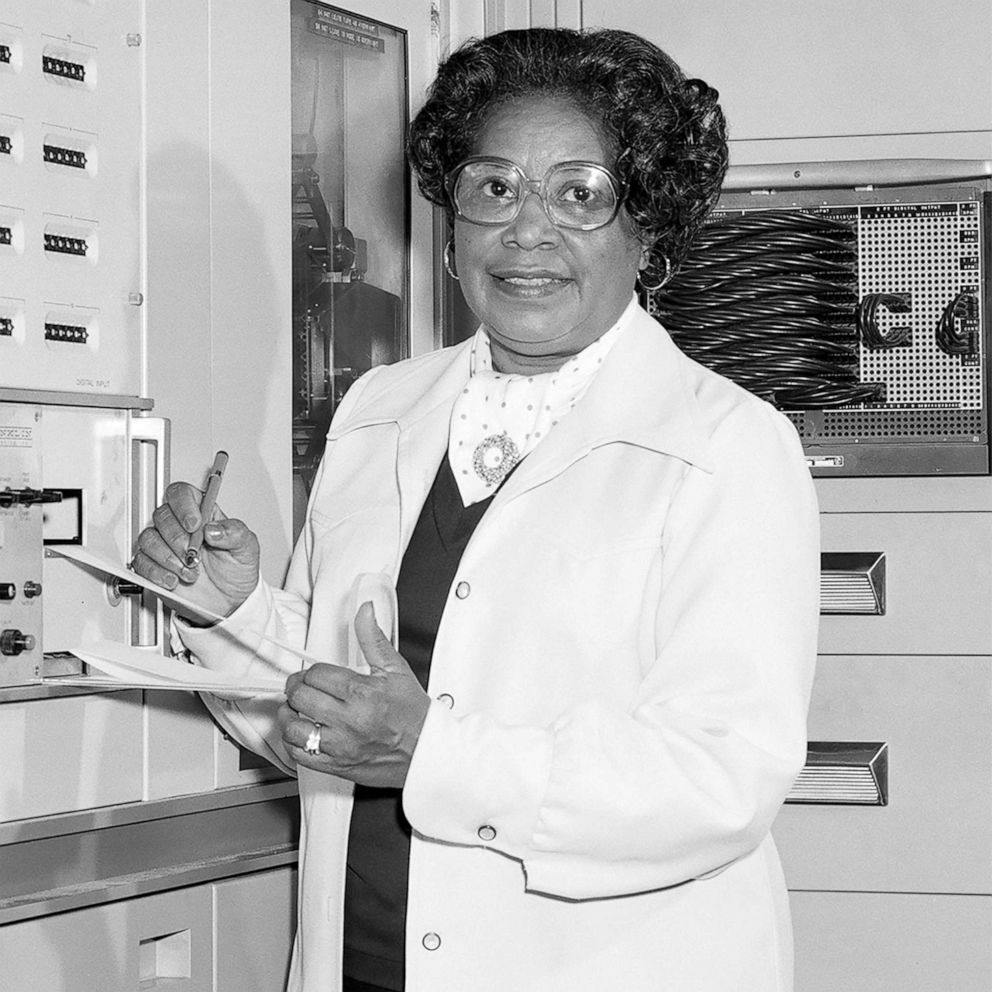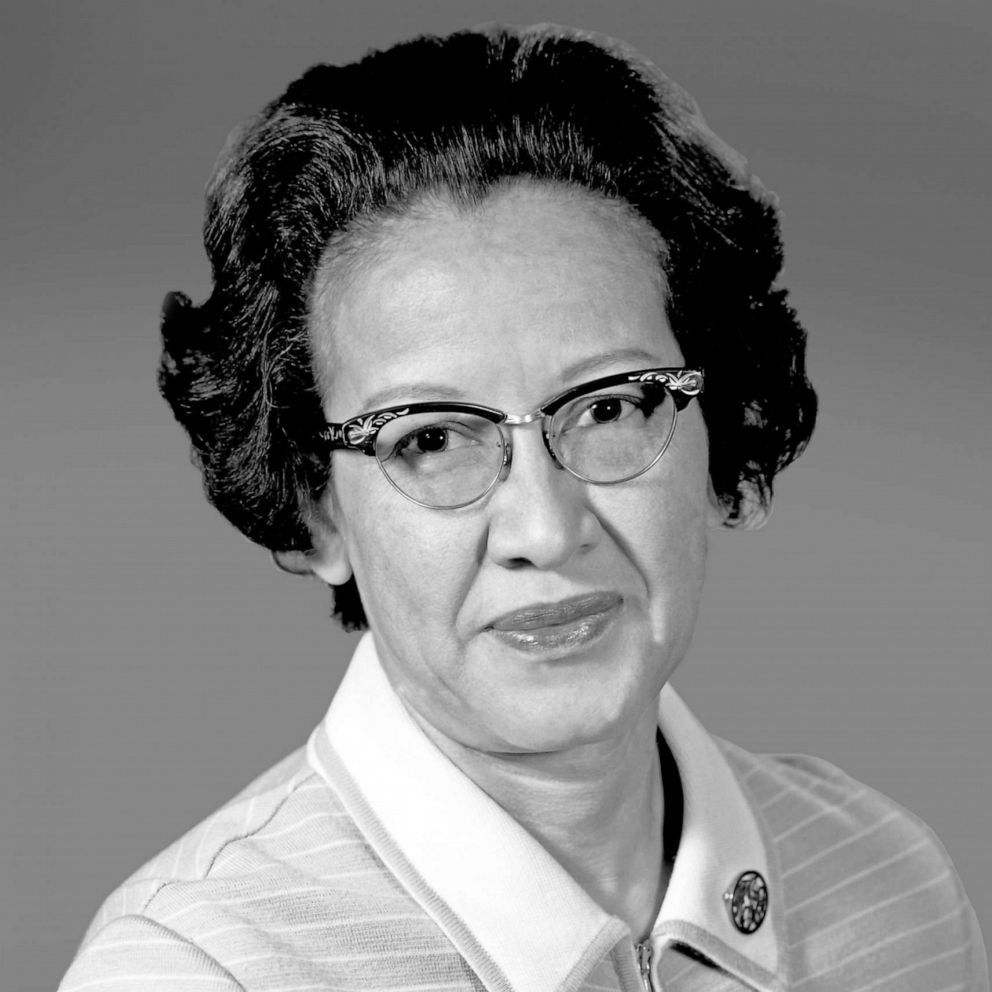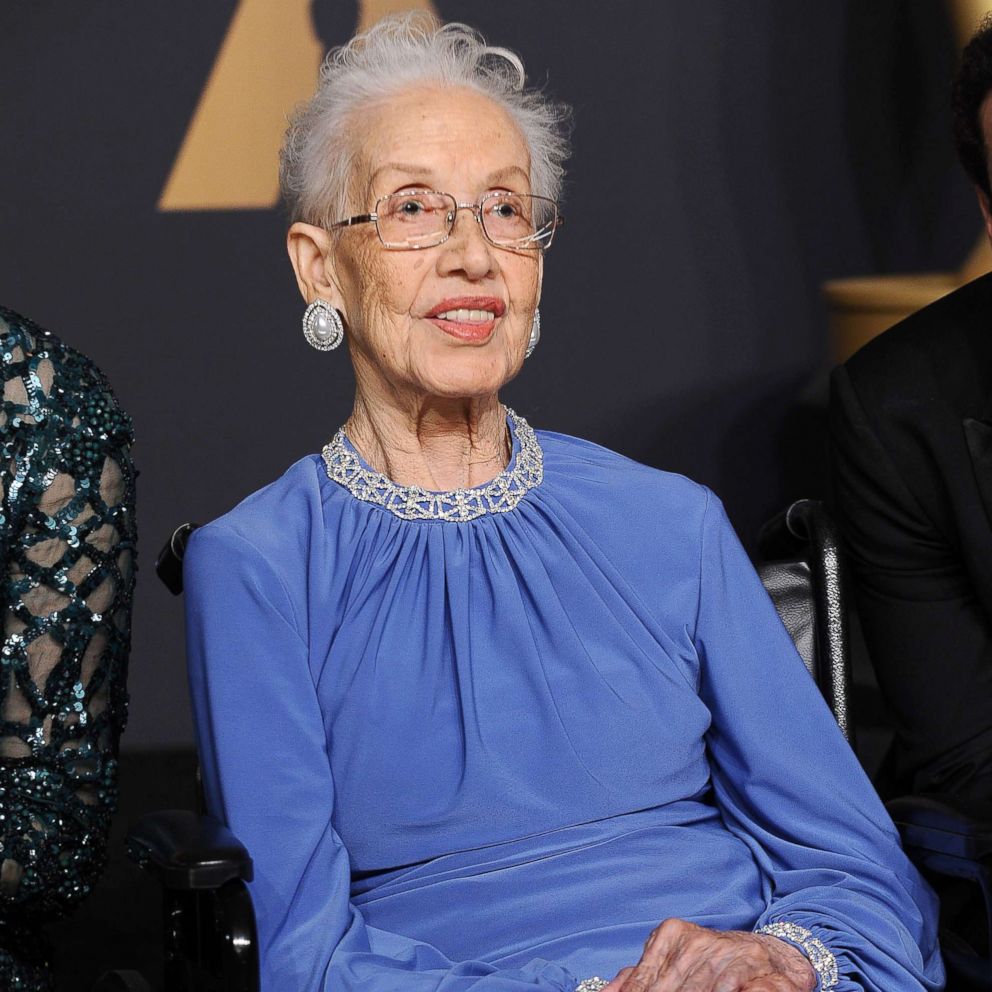NASA's 'Hidden Figures' awarded Congressional Gold Medal for groundbreaking work
The group of female mathematicians and engineers were honored in a ceremony.
A group of Black female mathematicians, aeronautical engineers and human computers whose groundbreaking work for NASA during the 20th century space race contributed to the nation's historic achievements were awarded the Congressional Gold Medal during a ceremony Wednesday on Capitol Hill.
The honorees were recognized with the nation's highest civilian honor and include three women who became known as NASA's "Hidden Figures" -- NASA's first black female engineer Mary Jackson and mathematicians Katherine Johnson and Dorothy Vaughan -- whose work helped pave the way for the first American astronaut to successfully orbit the Earth.
All three women were honored posthumously on Wednesday, with their families attending the ceremony to accept the awards on their behalf.
House Speaker Mike Johnson, who delivered opening remarks during the ceremony, described the women as "giants on whose shoulders all of those astronauts actually stood at a time … when our nation was divided by color and often by gender."

"These women dared to step into the fields where they had previously been unwelcomed. They excelled in science and math and made groundbreaking contributions in aeronautics. But these women didn't just crunch numbers and solve equations for the space program," Johnson said. "They actually laid the very foundation upon which our rockets launched and our astronauts flew and our nation soared."
"Although we call them, 'Hidden Figures,' we shouldn't think of them merely as supporting characters in the American story of space exploration," he continued. "They were the engineers and mathematicians who actually wrote the story itself."
The Congressional Gold Medal was also awarded Wednesday to aeronautical engineer Christine Darden, who is "internationally known for her research into supersonic aircraft noise, especially sonic boom reduction," according to NASA, and became the first Black woman at NASA Langley to be appointed to the top management rank of Senior Executive Service.

The legacy and story of Jackson, Johnson and Vaughan was famously captured in the 2016 film "Hidden Figures," which was loosely based on Margot Lee Shetterly's 2016 nonfiction book of the same name. In the film, Jackson was portrayed by Janelle Monáe, Johnson by Taraji P. Henson and Vaughan by Octavia Spencer.
NASA Administrator Bill Nelson also spoke during Wednesday's ceremony, paying tribute to the women.

"The pioneers that we honor today, these 'Hidden Figures,' their courage and imagination brought us to the moon, and their lessons, their legacy will send us back to the moon, and then imagine, just imagine, when we leave our footprints on the red sands of Mars," he said. "Thanks to these people who are part of our NASA family, we will continue to sail on the cosmic sea to far off shores."
The Congressional Gold Medal was also awarded on Wednesday to all the women who served as human computers, mathematicians and engineers between the 1930s and 1970s at NASA and the National Advisory Committee for Aeronautics, NASA's predecessor.

According to NASA, the space race between the U.S. and the then-Soviet Union began in 1957 with the U.S.S.R.'s successful launch of the world's first artificial satellite, Sputnik I.
President John F. Kennedy challenged the U.S. during an address to Congress on May 25, 1961, to send an American to the moon before the end of the decade. That goal that was met eight years later when astronauts Neil Armstrong and Edwin "Buzz" Aldrin became the first two humans to set foot on the moon, as fellow astronaut Mike Collins flew the Apollo 11 command module around the moon, according to NASA.
Wednesday's ceremony came nearly five years after the passage of H.R. 1396 -- the Hidden Figures Congressional Gold Medal Act -- in 2019. The legislation tasked Congress with awarding the Congressional Gold Medal to Johnson, Jackson, Vaughan, Darden and "all the women who served as computers, mathematicians, and engineers" at NASA and NACA "between the 1930s and the 1970s."
The late Rep. Eddie Bernice Johnson, who first introduced the Hidden Figures Congressional Gold Medal Act in February 2019, thanked her colleagues on Oct. 17, 2019, after the bill was passed, saying in a statement at the time, "Acknowledging the many women who have not been given the recognition they deserve for their contributions to technological advancement and competitiveness in the US has become one of my greatest privileges as a Member of Congress."
The congresswoman, a Texas Democrat who chaired the House Science Committee from 2019 to 2022, died Dec. 23, 2023.
ABC News’ Sabina Ghebremedhin contributed to this report.







